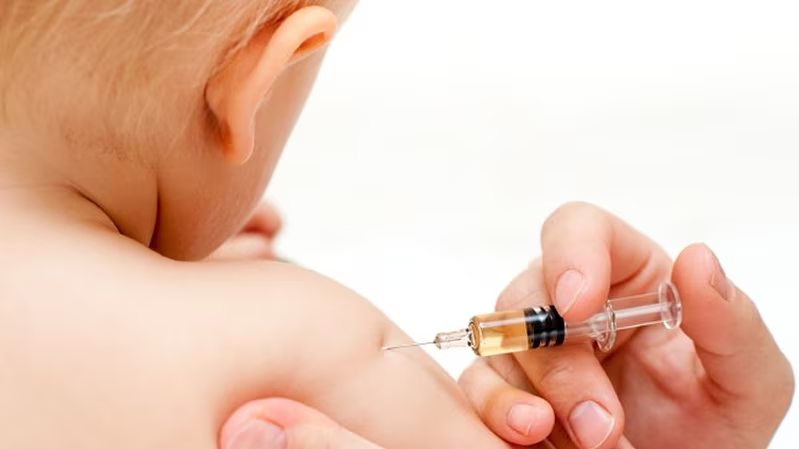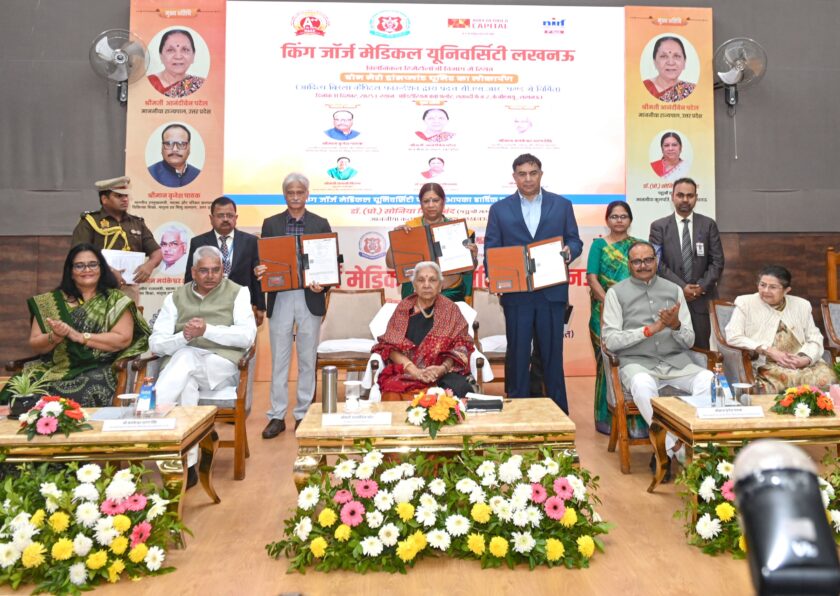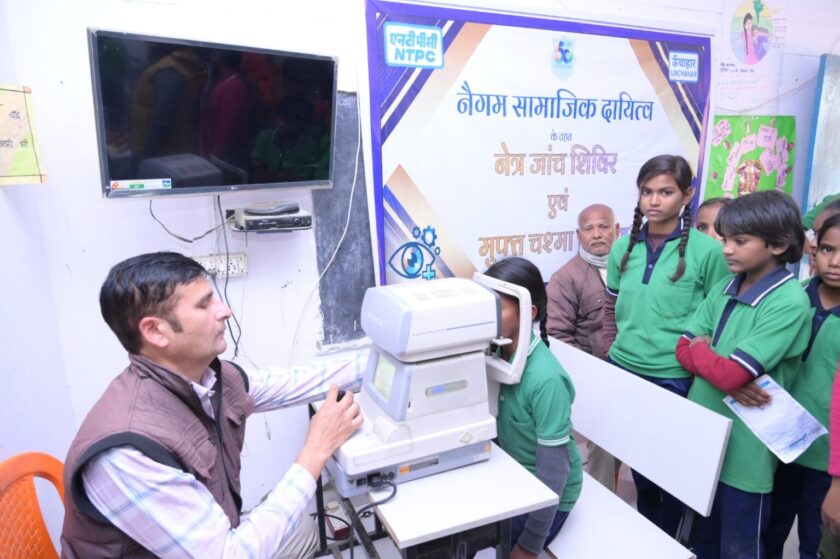Lucknow: A 2023 global study published in The Lancet has revealed that over half of the world’s unvaccinated children—commonly referred to as “zero-dose” children—reside in just eight countries, with India being one of them. The findings highlight deep-rooted global inequities in access to routine immunizations, despite decades of public health efforts.
India Among the Global Hotspots for Zero-Dose Children
According to the study, 1.44 million infants in India did not receive their first-year doses of the diphtheria, tetanus, and pertussis (DTP) vaccine in 2023. Globally, the number stood at 15.7 million children who missed the same essential vaccinations—signaling significant coverage gaps.
The data comes from the Global Burden of Disease (GBD) 2023 Immunization Coverage Collaborators, a consortium of international researchers who analyzed childhood immunization coverage across 204 countries and territories from 1980 to 2023.
Progress Undermined by Pandemic, Misinformation, and Inequality
Dr. Jonathan Mosser of the Institute for Health Metrics and Evaluation (IHME) at the University of Washington, the study’s lead author, noted that although vaccines are among the most powerful and cost-effective public health tools, their reach remains uneven.
“Despite half a century of progress, millions of children are still unvaccinated or under-vaccinated,” he said.
The COVID-19 pandemic, rising vaccine skepticism, disinformation, and persistent inequality have reversed immunization progress in many parts of the world. Alarmingly, these setbacks have increased the risk of outbreaks of measles, polio, and diphtheria—diseases that are otherwise preventable with timely vaccination.
Long-Term Trends in Vaccination Coverage
In 1980, just five countries—India, China, Indonesia, Pakistan, and Bangladesh—accounted for over 53% of zero-dose children. By 2019, before the pandemic, the number of children worldwide who had never received any standard childhood vaccine had dropped by 75%, from 58.8 million to 14.7 million.

However, progress has stalled or reversed since 2010:
- Between 2010 and 2019, measles vaccination rates fell in 100 out of 204 countries.
- In 21 out of 36 high-income nations, coverage for key vaccines—including polio, tetanus, and whooping cough—also declined.
The 2030 Challenge
The researchers issued a stark warning: only 18 of 204 countries are on track to meet the Sustainable Development Goal (SDG) of halving the number of zero-dose children by 2030, compared to 2019 levels. To reach this global target, accelerated immunization efforts will be critical.
The report also stated that two-thirds of children needing vaccination between 2023 and 2030 live in South Asia and sub-Saharan Africa—regions where health infrastructure and access remain challenging.
“This data underscores the urgent need for targeted intervention, equitable vaccine access, and community-based awareness campaigns,” said the researchers.
Without renewed investment and focus, the world risks reversing decades of progress in child health and disease prevention.
As India continues to battle both vaccine hesitancy and logistical barriers in remote areas, this report serves as a vital reminder that inclusive, resilient healthcare systems are the only path forward to protect the next generation.





